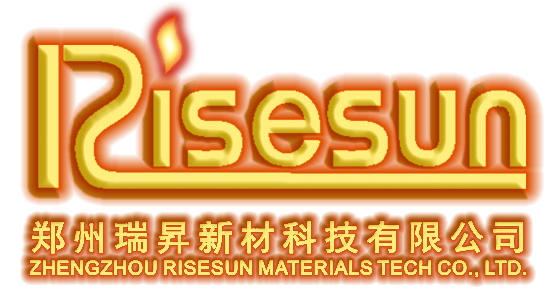15
2024
-
10
Unlocking the Power of Silicon Carbide Heating Elements: A Comprehensive Guide
Silicon carbide (SiC) heating elements have been gaining recognition in recent years for their exceptional properties and performance in high-temperature applications. They are semiconductor materials known for their thermal conductivity, resistance to oxidation, and ability to operate at elevated temperatures. These characteristics make silicon carbide heating elements highly effective for a vari
Silicon carbide (SiC) heating elements have been gaining recognition in recent years for their exceptional properties and performance in high-temperature applications. They are semiconductor materials known for their thermal conductivity, resistance to oxidation, and ability to operate at elevated temperatures. These characteristics make silicon carbide heating elements highly effective for a variety of industrial and commercial heating applications.
One of the standout features of silicon carbide heating elements is their ability to withstand extreme temperatures, often exceeding 1,600°C (2,912°F). This high-temperature tolerance enables them to be used in environments that would typically degrade other types of heating elements. As a result, they are ideal for applications such as industrial furnaces, kilns, and heat treatment processes where consistent and reliable heat is essential.
Another significant advantage of silicon carbide heating elements is their superior thermal efficiency. They can reach operating temperatures quickly, which allows for rapid heating cycles. This efficiency not only enhances production processes but can also lead to energy savings in the long run. Their high thermal conductivity ensures that heat is distributed evenly, reducing hot spots and improving the overall performance of the heating system.
Silicon carbide heating elements are also known for their long lifespan. Unlike traditional metal heating elements that may oxidize or deteriorate over time, silicon carbide elements exhibit excellent resistance to oxidation and corrosion. This durability translates to lower maintenance costs and fewer replacements, making them a cost-effective choice for many industries.
In terms of applications, silicon carbide heating elements are widely used in the glass, ceramics, and metal processing industries. They are particularly beneficial in manufacturing processes that require precise temperature control and uniform heating. Moreover, their robustness allows them to function well in harsh environments, including vacuum or inert atmospheres.
Another notable feature of silicon carbide heating elements is their versatility in design. They can be produced in various shapes and sizes, accommodating different heating requirements. Whether you need straight rods, coils, or customized configurations, silicon carbide heating elements can be tailored to fit specific needs.
In summary, silicon carbide heating elements are revolutionizing the way industries approach heating applications. With their high-temperature endurance, thermal efficiency, longevity, and adaptability, they represent a superior choice for manufacturers looking to enhance their heating systems. As industries continue to evolve and push the boundaries of technology, silicon carbide heating elements stand out as a reliable and innovative solution in the realm of electrical and thermal equipment.
One of the standout features of silicon carbide heating elements is their ability to withstand extreme temperatures, often exceeding 1,600°C (2,912°F). This high-temperature tolerance enables them to be used in environments that would typically degrade other types of heating elements. As a result, they are ideal for applications such as industrial furnaces, kilns, and heat treatment processes where consistent and reliable heat is essential.
Another significant advantage of silicon carbide heating elements is their superior thermal efficiency. They can reach operating temperatures quickly, which allows for rapid heating cycles. This efficiency not only enhances production processes but can also lead to energy savings in the long run. Their high thermal conductivity ensures that heat is distributed evenly, reducing hot spots and improving the overall performance of the heating system.
Silicon carbide heating elements are also known for their long lifespan. Unlike traditional metal heating elements that may oxidize or deteriorate over time, silicon carbide elements exhibit excellent resistance to oxidation and corrosion. This durability translates to lower maintenance costs and fewer replacements, making them a cost-effective choice for many industries.
In terms of applications, silicon carbide heating elements are widely used in the glass, ceramics, and metal processing industries. They are particularly beneficial in manufacturing processes that require precise temperature control and uniform heating. Moreover, their robustness allows them to function well in harsh environments, including vacuum or inert atmospheres.
Another notable feature of silicon carbide heating elements is their versatility in design. They can be produced in various shapes and sizes, accommodating different heating requirements. Whether you need straight rods, coils, or customized configurations, silicon carbide heating elements can be tailored to fit specific needs.
In summary, silicon carbide heating elements are revolutionizing the way industries approach heating applications. With their high-temperature endurance, thermal efficiency, longevity, and adaptability, they represent a superior choice for manufacturers looking to enhance their heating systems. As industries continue to evolve and push the boundaries of technology, silicon carbide heating elements stand out as a reliable and innovative solution in the realm of electrical and thermal equipment.



